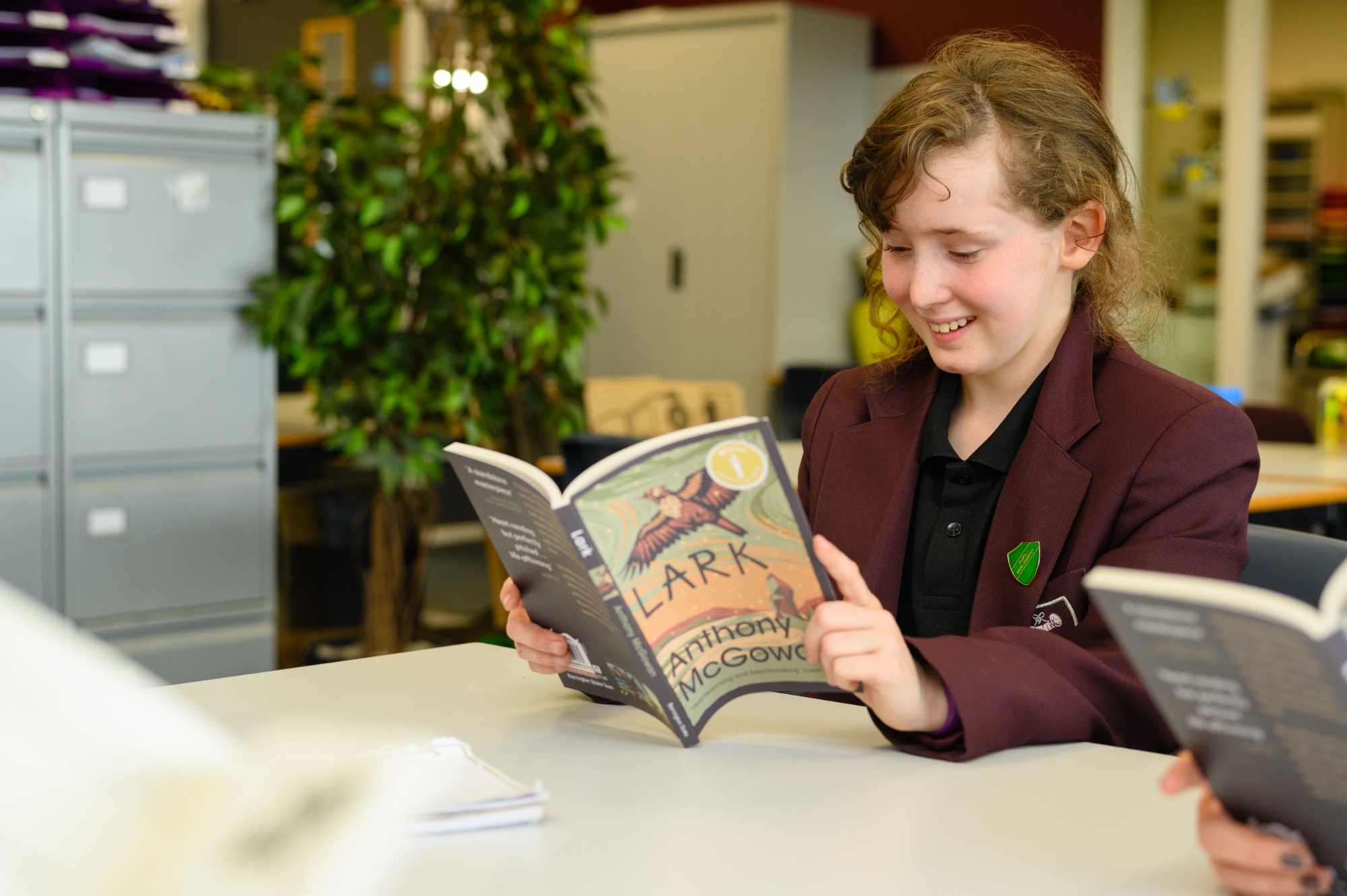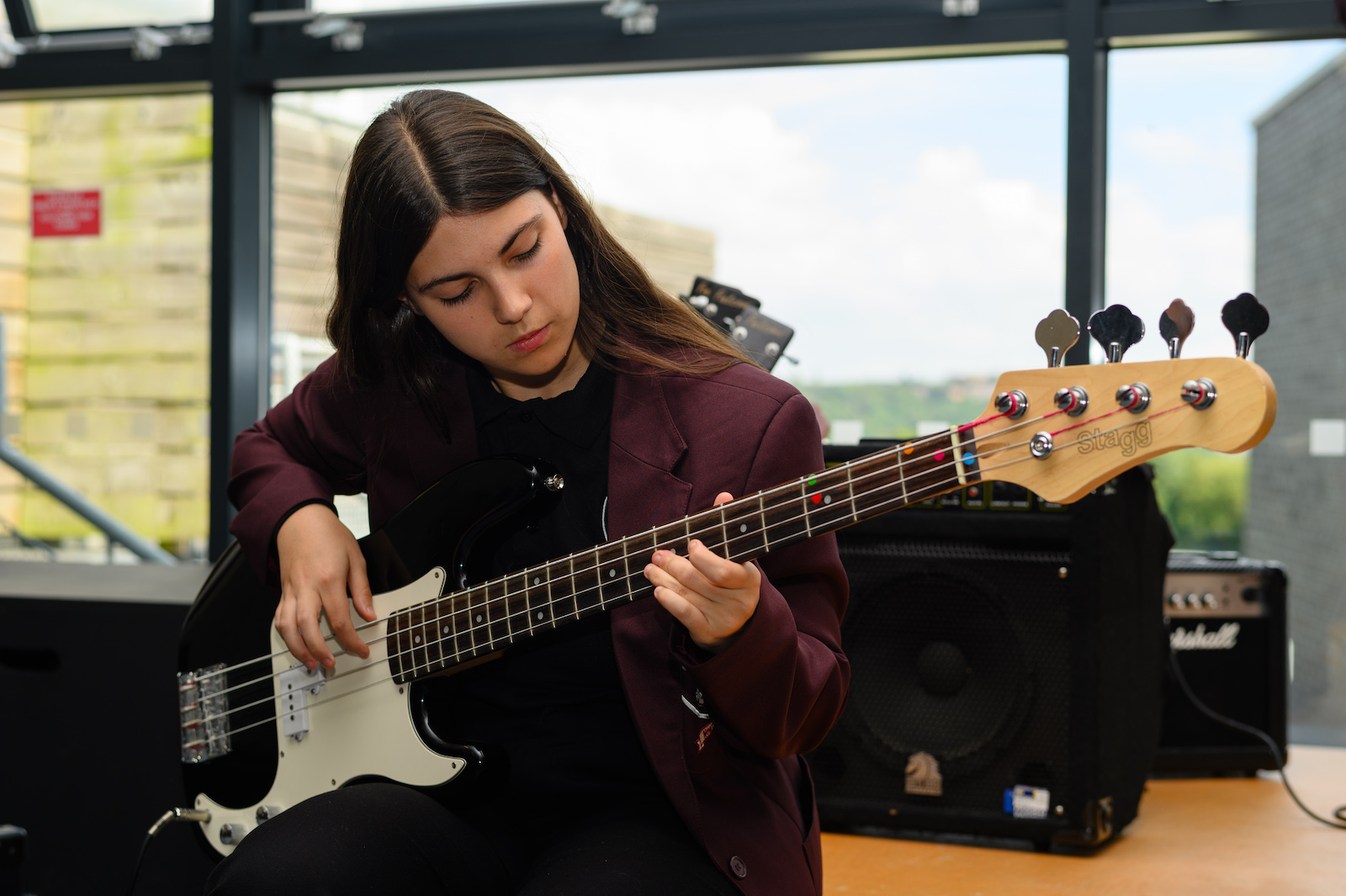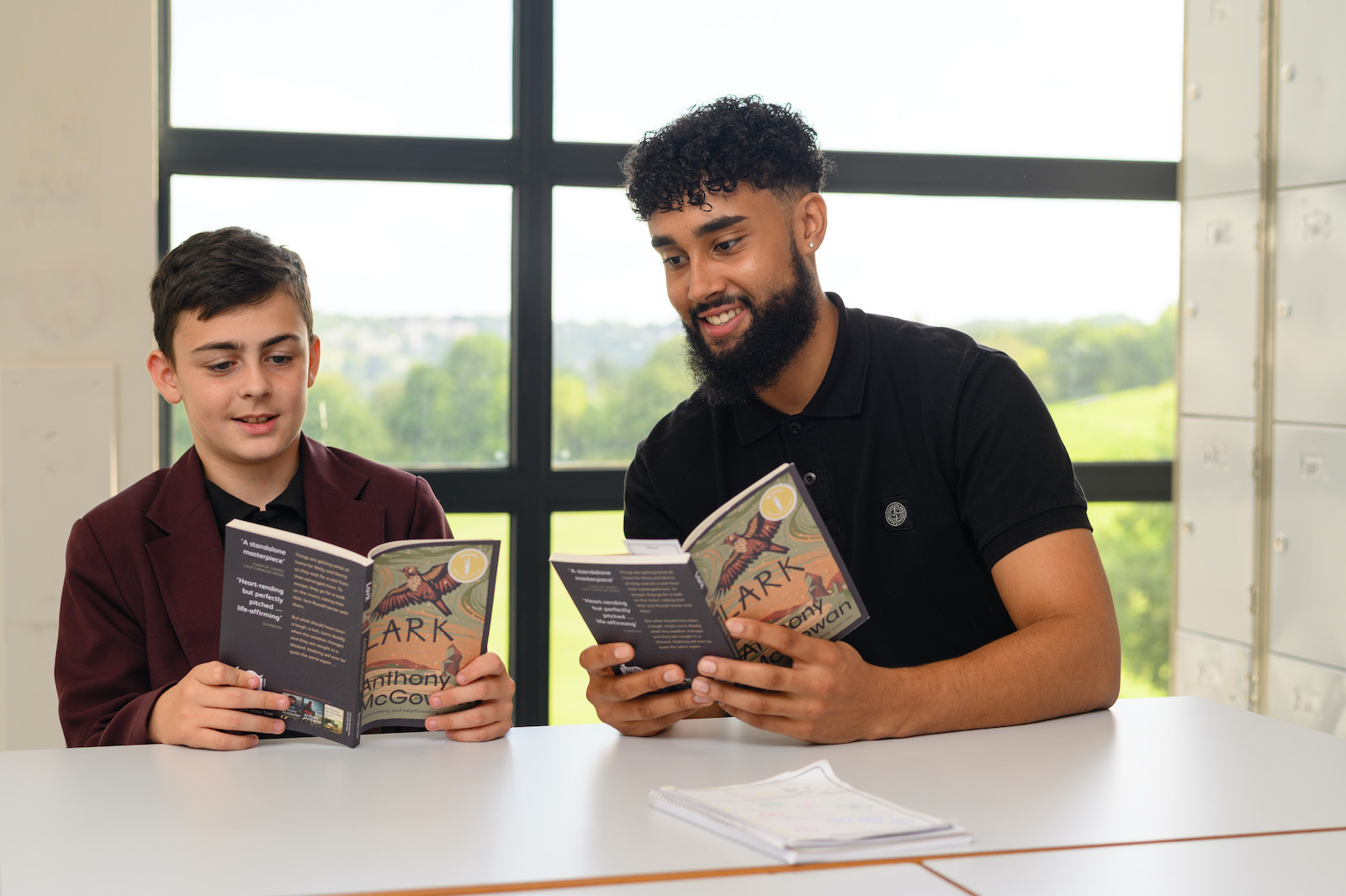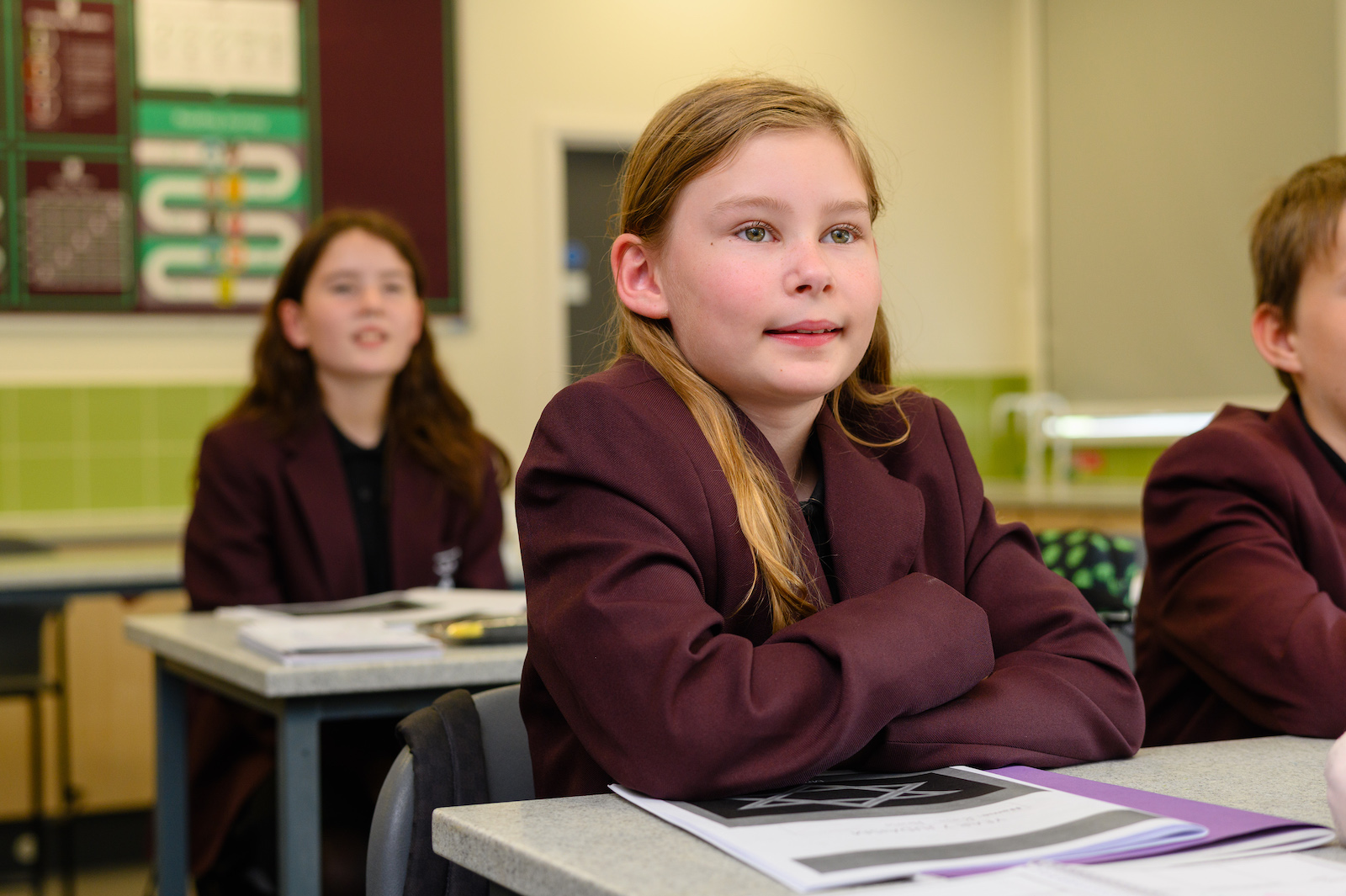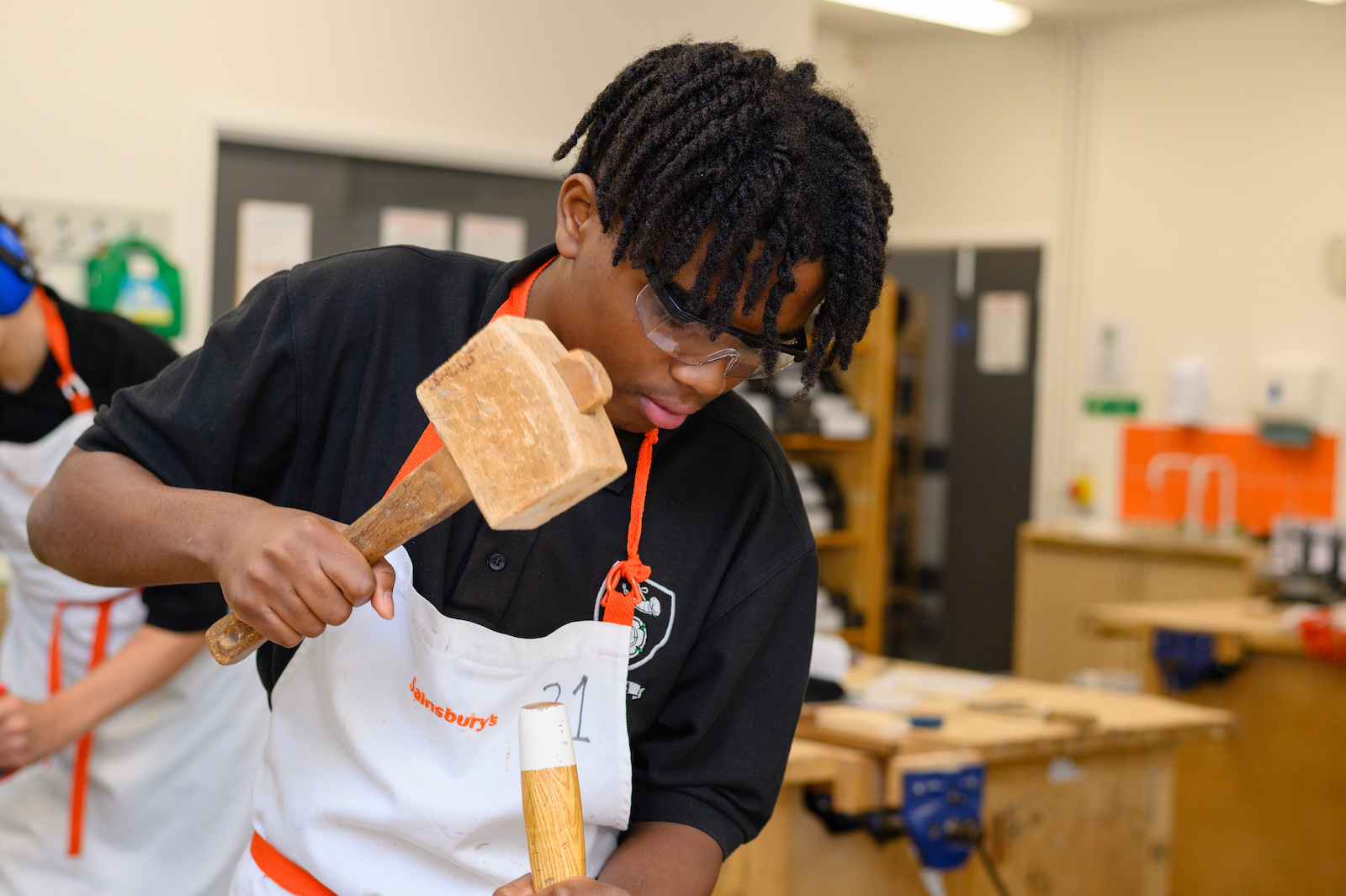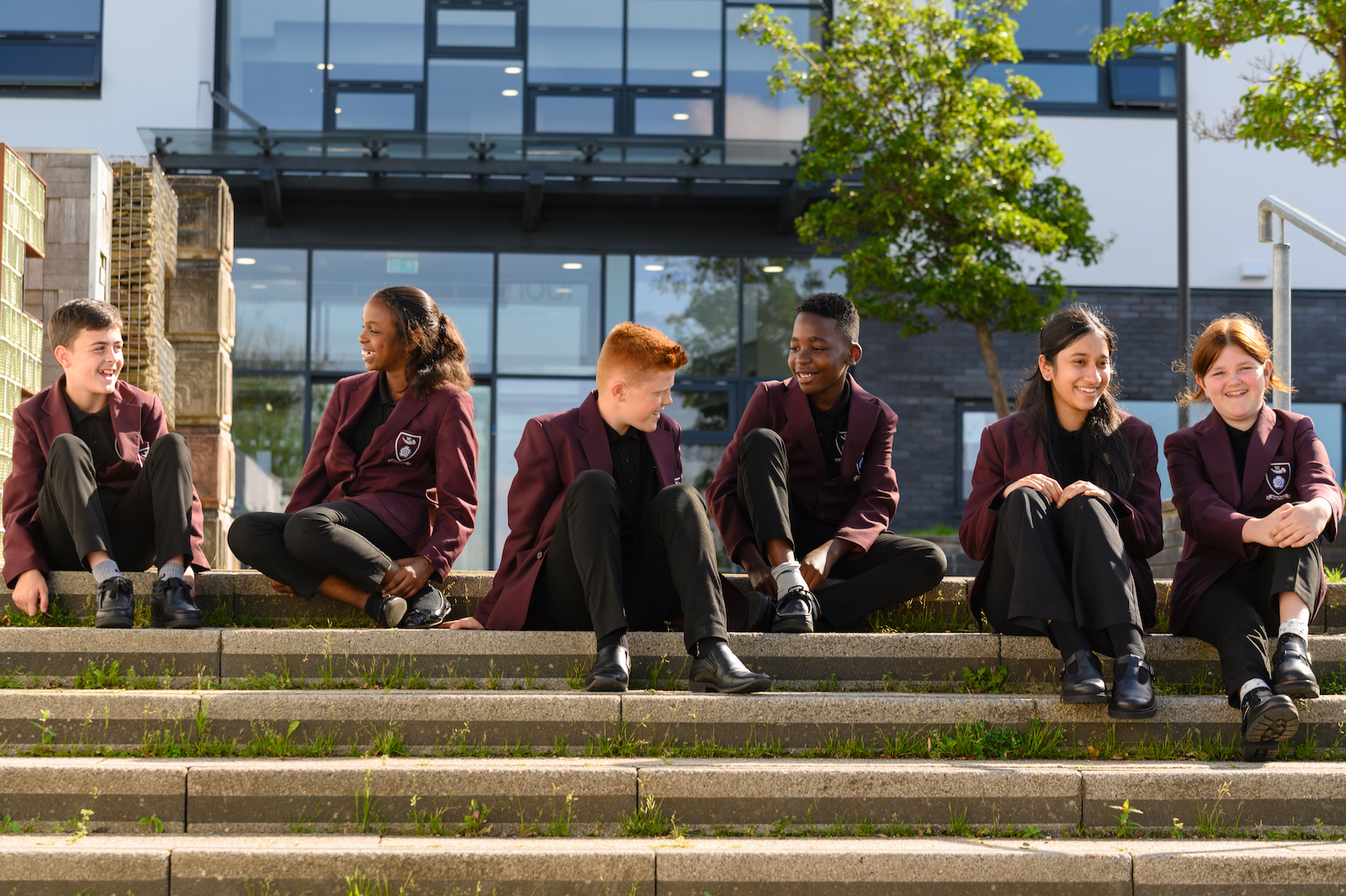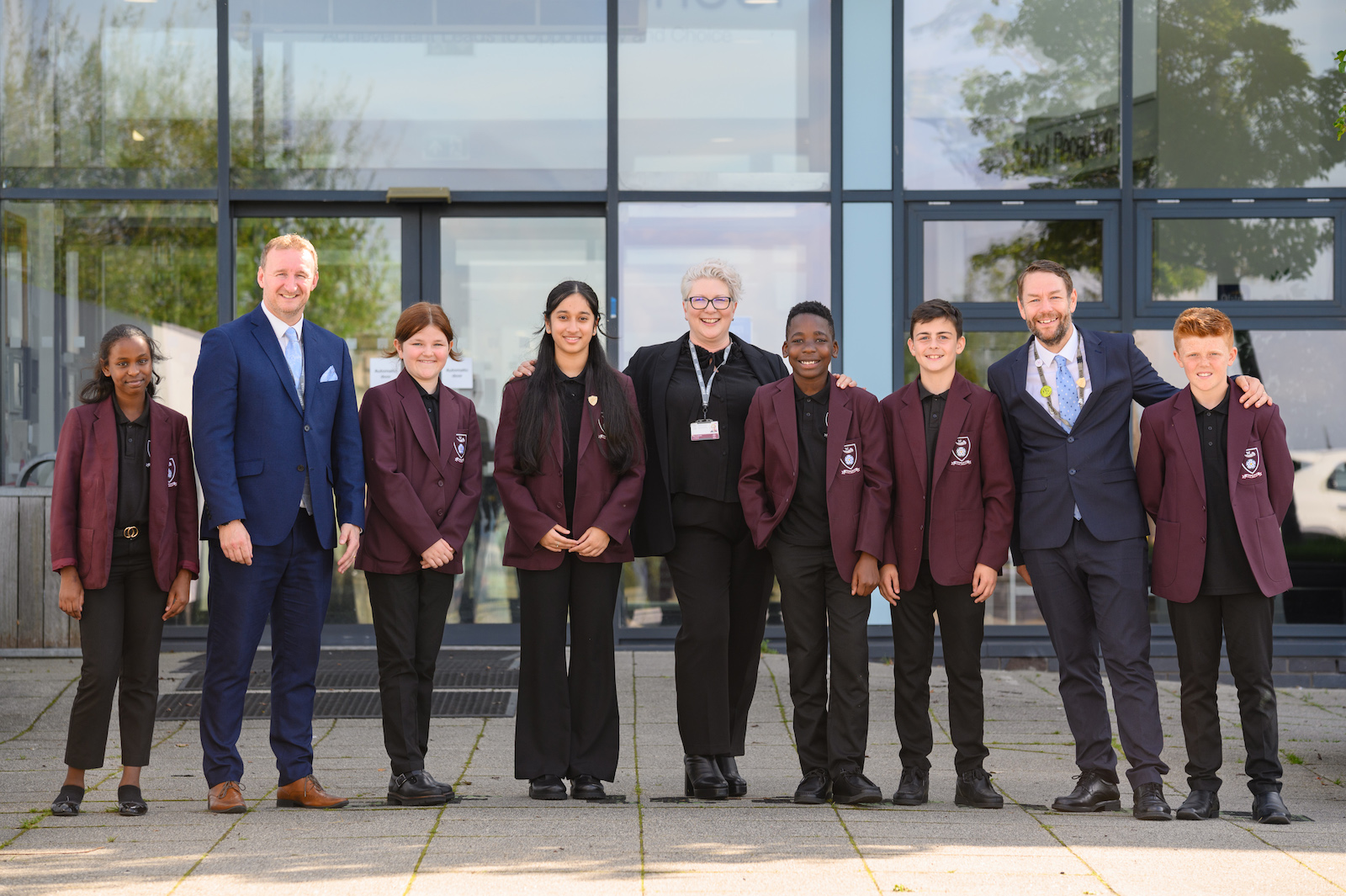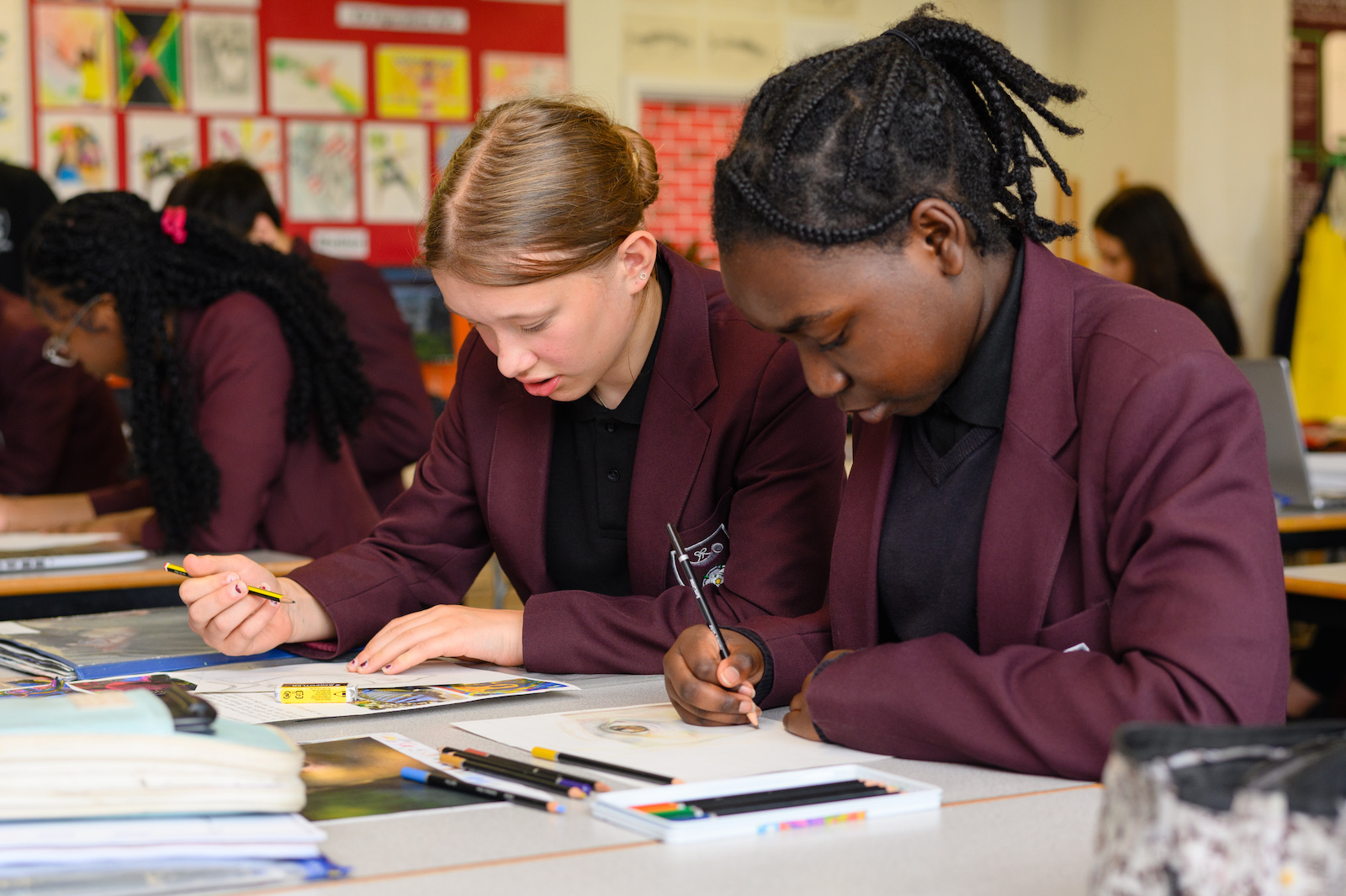Photography
'The relationship between what we see and what we know is never settled. Each evening we see the sun set. We know that the earth is turning away from it. Yet the knowledge, the explanation, never quite fits the sight.' John Berger, Ways of Seeing
Photography at Newfield bridges the gap between what students know and what they see. This gap should be reduced on both sides in a symbiotic relationship; students use visual expression to explore and question knowledge, while engaging them in the awe and wonder of visual creation. This process promotes curiosity and a thirst for more knowledge.
It aims to lead engaged students in a process of evaluation of their own identity, values and relationships. For some, it is an introduction to seeing (awe and wonder), for others it is to create complex, personal, unique interpretations of their own understanding of life.
To continue Berger’s sunset analogy, if a student is looking at a sunset we can support them either in seeing the beauty of the scene using the formal elements (tone, texture light etc.) or we can ask them to explore what the sunset means to them, for example though projects exploring time, space or movement.
Curriculum Implementation for Photography
The bespoke sequential development of artistic ability and expression
Initial required knowledge and skills
The following skills if not taught correctly are a barrier to all learning regardless of ability. They should be explicitly taught and checked at the beginning of the course:
- Taking a photo on Auto/non flash mode
- Transferring images
- Printing in different formats
All students should then learn a range of subject specific terminology to access AO1. This will be taught explicitly in the first instance and then using an interleaving approach for the remainder of the course.
The sequential development of artistic processes in Photography
(adapted from Mark Carney’s idea mining concept)
- Clichés and Surface- Usually literal, obvious, copying projects, but they can also be observational. Students may lack understanding of context or theme. Example- Taking ‘snapshots’ photos of people when looking at portrait photography.
- Pictorial- Students pick out and select parts, ideas or elements of an artist’s work. When they have isolated an element they like, they are able to stylise it, decorate it, add colour or on a simple level make it personal. Crucially, the students still lacks any understanding of context and meaning; they are creating work that ‘looks good’. Example- taking an artist that uses square coloured shapes and experimenting with other shapes and positions.
- Compositional - -This is where students compose more complex ideas by combining more than one element or artistic techniques. Students can explain the core meaning or principles of the project. Work is more subtle and intricate with visual codes. Example: Collages.
- Symbolic-Develop symbolist ideas by substituting the more obvious solutions with metaphors or visual symbols. Work may be similar to previous processes (Compositional or Pictorial) but students can identify and explain what has been done. They are also self-critical of their work’s ability to do this in outcomes.
- Wider Context- Create complex, personal, unique and more original solutions, not immediately obvious. These can be attained through abstraction or the use of more complex symbolism, juxtaposing opposing ideas, using personal experience, creating codes or associations. Example: Abstract art, Contemporary art

